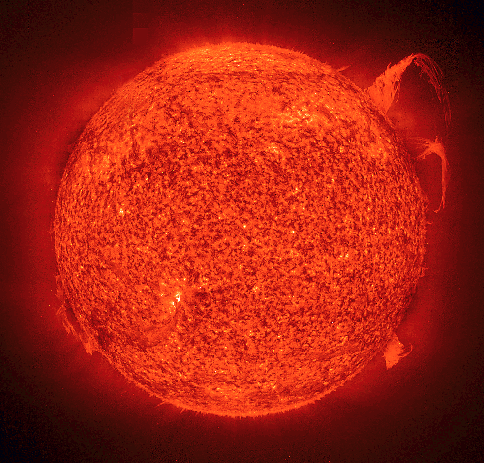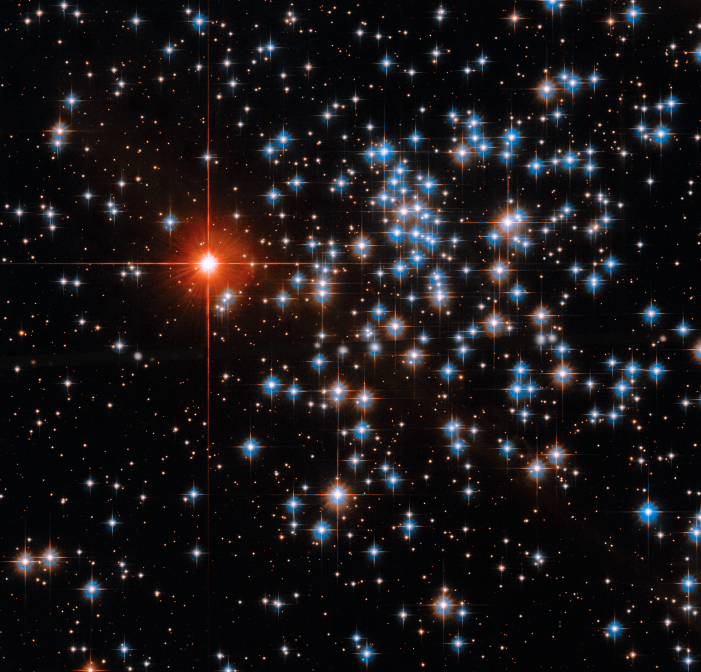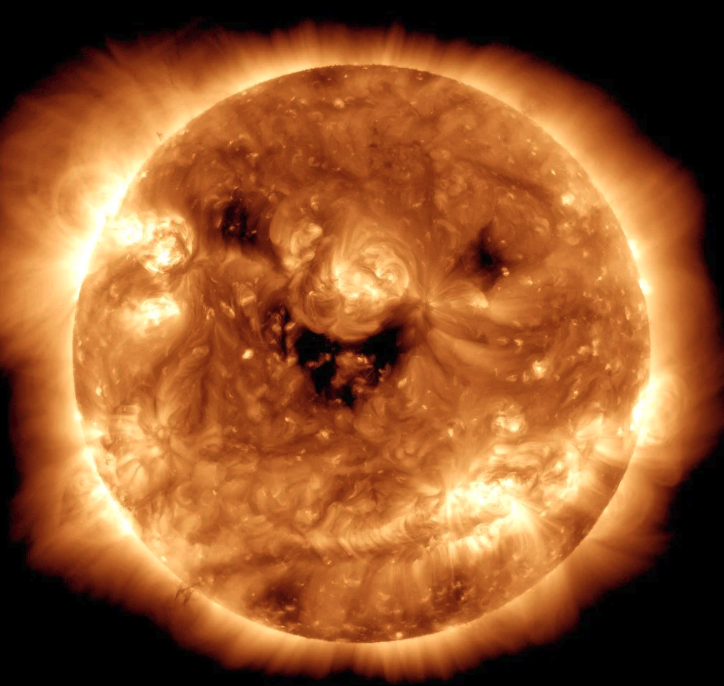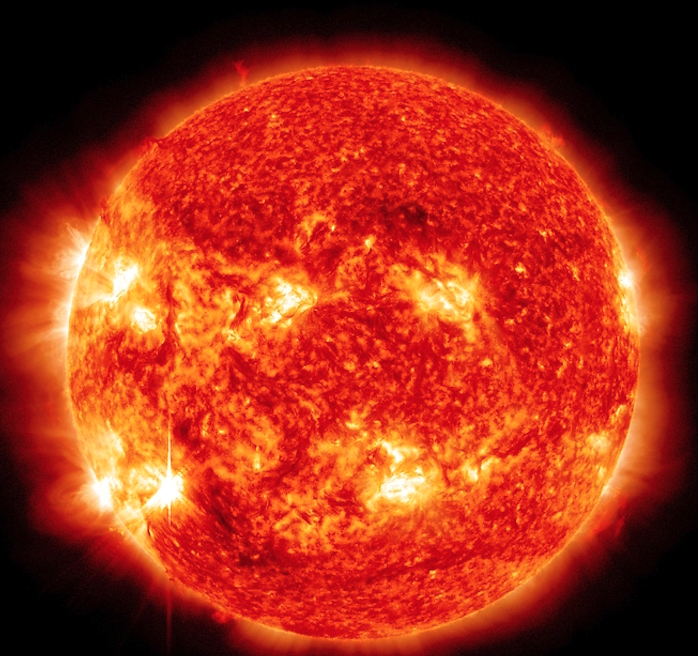The Age of the Sun
The age of the Sun, our closest star, is a topic of great scientific interest. Determining the precise age of the Sun involves studying various aspects of stellar evolution, cosmology, and geological evidence. Through extensive research and analysis, scientists have estimated that the Sun is approximately 4.6 billion years old.
Table of Contents

How Do We Know How Old the Sun Is?
To understand how this age is determined, we need to delve into the methods and evidence used by scientists. One crucial aspect is the study of radioactive isotopes, which decay over time. By measuring the ratios of certain isotopes found in meteorites and rocks on Earth, scientists can calculate the age of these materials and, by extension, the Solar System. This method, known as radiometric dating, provides a basis for estimating the age of the Sun.
Meteorites
Meteorites, which are remnants of early solar system material, have been particularly helpful in determining the age of the Sun. Scientists have analyzed certain radioactive isotopes, such as uranium and lead, in these meteorites to calculate their ages. These ages align with the estimated age of the Solar System, indicating that the Sun formed around the same time as the rest of the planets and other celestial bodies.
Stars
Another method used to determine the Sun’s age involves studying star clusters. These clusters are groups of stars that formed from the same molecular cloud and are believed to be roughly the same age. By analyzing the properties and lifetimes of stars within clusters, scientists can make educated estimates about the age of the Sun.

Comparing the Sun to Other Stars
Additionally, astronomers study the evolution of stars and models of stellar structure to gain insights into the Sun’s age. By comparing the Sun’s properties, such as its size, luminosity, and composition, with theoretical models, scientists can estimate its age. This approach involves understanding how stars evolve over time, from their formation to their eventual fate.
While these methods provide valuable information, scientists have also used geological evidence to further support the estimated age of the Sun. By studying rocks on Earth, specifically those formed from volcanic activity, scientists can analyze the decay of radioactive isotopes to determine their ages. This data has been used to validate the age of the Solar System, which includes the Sun.
How Confident Are We in the Sun’s Age?
In addition to these scientific methods, it’s important to note that the estimated age of the Sun is based on a number of assumptions and uncertainties. These estimates are subject to refinement as new data and improved techniques become available. Therefore, the 4.6 billion-year estimate should be regarded as a reasonably accurate approximation rather than an exact figure.
The age of the Sun has significant implications for our understanding of the universe and the development of life. It tells us that the Sun is a relatively middle-aged star in its main sequence, with about 5 billion more years of expected life remaining before it evolves into a red giant. This knowledge helps us comprehend the vast timescales involved in stellar evolution and the potential habitability of other star systems.

The Age of Our Solar System
The estimated age of the Sun, 4.6 billion years, also provides valuable insights into the formation and evolution of our Solar System. According to the prevailing scientific theory, the Sun and the rest of the Solar System originated from a vast cloud of gas and dust known as the solar nebula. This nebula collapsed under the force of gravity, causing it to spin and flatten into a rotating disk. The Sun formed at the center of this disk, while the surrounding material coalesced to form planets, moons, asteroids, and comets.
By understanding the age of the Sun, scientists can make inferences about the timing and processes involved in the formation of the planets. The early Solar System was a chaotic and dynamic environment, with collisions and accretion playing a significant role in shaping the planets we observe today. The age of the Sun places constraints on when these processes occurred, providing a framework for studying the history of our planetary system.
The Age of Earth
The Sun’s age is also linked to the development of life on Earth. Life, as we know it, requires a stable environment and sufficient time for complex organisms to evolve. The 4.6 billion-year age of the Sun indicates that our planet has had ample time for life to arise and evolve into the diverse forms we see today. The Sun’s energy, through the process of photosynthesis, has been a vital driver of life on Earth, providing the energy necessary for biological processes.
Furthermore, the study of other stars and their ages can provide additional context for understanding the Sun’s place in the universe. By comparing the Sun to stars of different ages and stages of evolution, astronomers can gain insights into stellar lifecycles and the factors that influence a star’s lifespan. This knowledge can help us better understand the Sun’s future evolution and the potential habitability of other star systems.
What Does the Age of the Sun Mean?
It’s important to note that the Sun’s age is not a constant value, but rather a measure of its current stage of evolution. The Sun is a main-sequence star, which means it is in a stable phase of nuclear fusion, converting hydrogen into helium in its core. However, over time, the Sun will exhaust its hydrogen fuel and undergo significant changes. As the hydrogen supply dwindles, the Sun will enter a new phase, expanding and becoming a red giant. This transformation will have profound effects on the planets in the Solar System, including Earth.

Conclusion
In conclusion, the age of the Sun, estimated at 4.6 billion years, has far-reaching implications for our understanding of the universe, the formation of the Solar System, and the development of life on Earth. Through a combination of radiometric dating, analysis of star clusters, and comparison with theoretical models, scientists have arrived at this estimate. The Sun’s age provides a foundation for studying the history and evolution of our planetary system, as well as our place in the cosmos.
Continued research and technological advancements will likely refine our understanding of the Sun’s age and further enhance our knowledge of stellar evolution. Scientists have arrived at this estimate through the study of radioactive isotopes in meteorites and rocks, the analysis of star clusters, and the comparison of the Sun’s properties with stellar evolution models. While the estimate is subject to refinement, it provides us with a solid understanding of the Sun’s place in the universe and its ongoing evolution.
